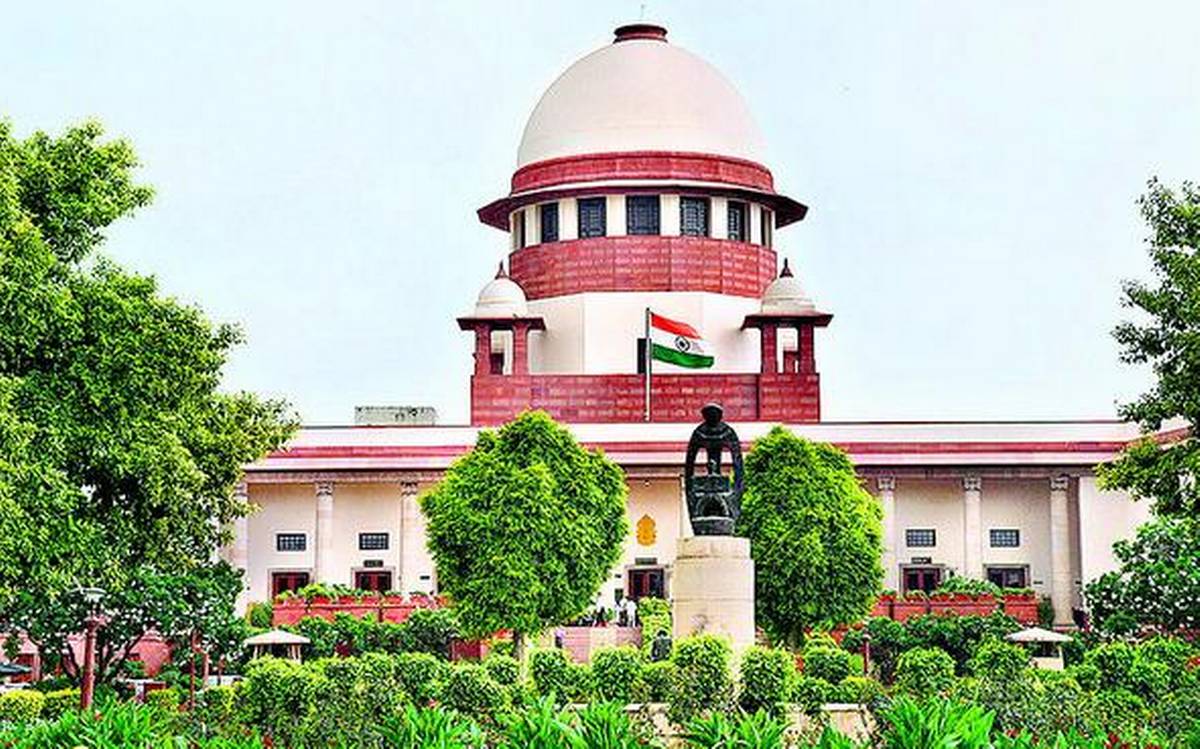The Supreme Court ruling on the Shaheen Bagh protests has made it amply clear that agitations were a valid and accepted part of democracy, but encroachment of public thoroughfares, which cause inconvenience to others, was unacceptable. While upholding the right to demonstrate, the Apex Court has also come down heavily on the government, and castigated it for shirking its responsibility in resolving the issue. Instead, the government sought the intervention of the court, while not making any efforts to carry out negotiations with those on an indefinite dharna.
The judgement has made it amply clear that all protests should be held at designated places, and life for the common people wanting to use roads connecting various places, should not be disrupted at any cost. Equally significant was the noting that even if the matter was sub-judice, people had the right to protest. The matter relating to the Citizenship Amendment Act was in the Court, but it did not mean that those who were opposed to it had no right to express their dissent.
The three-member bench’s observation regarding the designated places for protests, assume importance, since it is for the government to identify such places and list them. In fact, as far back as 1993, the Centre had discussed the issue; the grounds behind the Red Fort as well as an open space in Burari in North Delhi were shortlisted for being designated as protest venues.
However, in a democracy, those who agitate also want not only to be seen, but want the issue they are highlighting to be also shared with the rest of the people. Trade union groups often say that unless the protest is held near the seat of power, New Delhi, in this case, their main concerns would go unnoticed.
In London, the Hyde Park is often the venue where those feeling strongly about any public matter express themselves without any hindrance. The Speakers’ corner on Sundays often has many making the most ridiculous demands. But they are permitted because Britain is an evolved democracy and recognises the right of the people to dissent.
This right is also an accepted part of our system and the protests at Shaheen Bagh were prolonged since no one from the administration or the government made any attempt to address the fears of those sitting on an indefinite dharna. Yes, there were political forces at work and wanted to derive advantage from the agitation. However, if a genuine attempt had been made to engage in a dialogue, the matter may have been resolved. The lack of effort by the administration is what has been referred to by the Court.
All those who have covered demonstrations in Delhi for long would recall that the Boat Club used to be the designated place where all protests would lead. The police would permit demonstrators of various political shades and opinions to voice their problems, and in certain cases would also ferry a five-member delegation to meet the concerned authorities in order to settle the issue.
However, things changed when agitating farmers under the leadership of Mahender Singh Tikait descended on the capital and occupied the Boat Club lawns for days. They refused to budge and the police, which consistently tried to persuade them to leave, was at its wits’ end, since their presence construed a threat to the dignitaries residing in the Lutyens’ zone. A novel method to make them leave the Boat Club was found after a few days, and the police opened up water faucets in the lawns to make the sit-in extremely difficult. The protesters dispersed and the authorities banned all protests at the Boat Club thereafter.
Another designated site in the New Delhi area was the Gole Methi Chowk at the intersection of Krishna Menon Marg, Akbar Road, Tughlak Road and Tees January Marg. This was the place where the Delhi police bungled while allowing both the pro-Mandal and anti-Mandal protesters to converge in August 1990, leading to a serious law and order situation. In fact, the brutal lathi-charge by the police on pro-Mandal protesters was the beginning of the end of the V.P. Singh government.
Before Jantar Mantar was earmarked as a protest venue, the Delhi police would also allow peaceful protesters on the Parliament Street at the Patel Chowk. The agitation of Sikhs in 1982, resulting in large-scale violence near Gurdwara Rakabganj in October, and prior to that the alleged lathi-charge on blind demonstrators in 1980, led to the change of mind, and the authorities took off Patel Chowk as the demonstration point.
Initially, even before the Boat Club, most protest rallies were held at the Ram Lila grounds. The largest rally ever to be held in the capital was in February 1977, when Jagjivan Ram formed the Congress For Democracy, and broke away from Indira Gandhi, thus eliminating the element of fear amongst the common people.
Talking about protests, veteran socialist leader, Raj Narain once added his own version to the famous couplet of Akbar Allahabadi penned during the freedom struggle. Allahabad had written, “Mujhe Nafrat Nahin Thi Angreez Ki Soorat Se, Nafrat Thi to Thi Uski Andaaze-Hakumat Se”. To this Raj Narain added, “Jab Apno Ki Hakumat Gawara Ho Na Saki, To Apno Ki Soorat se Bhi Mohabbat Ho Na Saki”, to drive home the point of alleged atrocities during the Indira regime.
The latest Supreme Court judgement henceforth should serve as the guideline for the protesters and the administration. Between us.

